A Tail-Wagging Guide for Smarter, Safer Walks
Let’s be honest — choosing a dog harness seems like a simple task… until you realize how many options there are. Front-clip, step-in, over-the-head, no-pull, mesh, padded, adjustable — and then you’ve got to figure out what actually suits your pup.
Whether you’ve got a chill lapdog, an Olympic-level puller, or a quirky rescue with a big personality, the key to finding the perfect harness is knowing your dog’s size, breed, and temperament.

📏 Step 1: Start With Size (Because Fit = Comfort + Safety)
Before you click “Add to Cart,” you’ll want to get your dog’s measurements just right. Here’s what to measure:
-
Chest girth: The most important one — measure the widest part of your dog’s ribcage, just behind the front legs.
-
Neck size: Where a collar normally sits.
-
Weight: Can help with size guides, but it shouldn’t be your only reference.
✂️ Quick Tip: Use a soft measuring tape (or even a piece of string + a ruler). And measure when your pup is calm for the most accurate fit!
🐕 Step 2: Consider Your Dog’s Breed & Body Shape
Not all dogs are built the same — which means not all harnesses fit the same either. A well-fitting harness should feel secure without restricting movement or causing chafing.
Breed-Specific Considerations:
-
Barrel-chested breeds (e.g., Pugs, Bulldogs): Look for wide straps and adjustability.
-
Long-bodied pups (e.g., Dachshunds, Corgis): Harnesses with a low chest strap help with stability.
-
Slender, deep-chested breeds (e.g., Greyhounds, Whippets): Seek a snug fit with escape-resistant features.
-
Small toy breeds (e.g., Yorkies, Chihuahuas): Lightweight and soft materials are key.
-
Large dogs (e.g., German Shepherds, Labs): Go for durability, padded support, and reinforced hardware.
🐾 Reminder: Breed standards can vary — always check your dog’s unique shape and behavior, not just the label.
🧠 Step 3: Match the Harness to Your Dog’s Personality
Now we’re getting to the fun part: your dog’s vibe. Because a harness should work with your dog’s habits and energy, not just their shape.
The Puller
Lunges at squirrels, people, or leaves blowing across the street.
Ideal harness: A no-pull style with a front clip that gently redirects.
The Nervous Nibbler
Skittish, hates anything going over their head.
Ideal harness: A step-in harness that fastens easily from the back.
The Houdini
Can back out of anything. Escape artist.
Ideal harness: An escape-proof design with multiple points of adjustment and secure closures.
The Couch Potato
Chill, cooperative, just wants to walk (then nap).
Ideal harness: A lightweight, padded harness that’s comfortable and low-fuss.
The Fashionista
You know the one. Always posing.
Ideal harness: A stylish, functional harness that works and wows.
Personality plays a big role in how a dog behaves on-leash. A good harness meets your dog where they’re at — and helps make walks safer and smoother.
🧷 Step 4: Know Your Harness Types (And What They’re Good For)
Let’s quickly break down the most common styles:
➤ Step-In Harness
-
Perfect for dogs who don’t like things pulled over their heads
-
Easiest to put on — just step in, clip, and go
-
Best for small to medium-sized breeds
➤ Over-the-Head Harness
-
Typically offers a more secure fit
-
Great for large or strong dogs
-
Best if your dog is calm during gear-up
➤ No-Pull Harness
-
Front-clip design gently discourages pulling
-
Helps with leash training and reactivity
-
Good for high-energy pups
➤ Dual-Clip Harness
-
Clips at both front and back for versatility
-
Offers more control without discomfort
-
Ideal for transitioning from training to casual walks
➤ Vest or Escape-Proof Harness
-
Extra snug and padded
-
Designed for dogs who tend to back out or get anxious
-
Great for rescues or nervous pups
🧵 Step 5: Choose the Right Material
Harnesses aren’t just about style — the materials matter for both comfort and durability.
-
Neoprene padding: Soft and moisture-wicking — great for active dogs.
-
Mesh: Lightweight and breathable, ideal for warmer weather.
-
Durable nylon: Strong and flexible for everyday use.
-
Metal hardware: Adds strength and a little extra polish.
-
Quick-release buckles: Super convenient for on/off in a hurry.
Look for materials that suit your climate, your dog’s activity level, and your preferences for ease of cleaning.
✅ Step 6: Check the Fit (Always)
Even if you’ve got the measurements down, checking the fit once the harness is on is a must.
Here’s your checklist:
-
You can fit two fingers comfortably between the strap and your dog.
-
No gapping, sagging, or twisting when your dog moves.
-
The harness doesn’t rub under their arms or along the belly.
-
The hardware and straps sit flat — not digging in or rotating.
-
Your pup can walk, sit, and lie down comfortably.
⚠️ If the harness shifts too much or if your dog can easily escape, it’s time to try a different style or adjust the sizing.
💡 Extra Tips for Harness Success
-
Train slowly: Let your dog sniff and wear the harness around the house first.
-
Reward good behavior: Treats help associate the harness with happy vibes.
-
Inspect regularly: Look for wear and tear, especially on buckles and stitching.
-
Rotate harnesses: Having a backup for muddy days or style swaps never hurts!

👟 Walks Made Better
Finding the right harness isn’t just about style — it’s about giving your dog the safest, most comfortable experience possible. A well-fitted harness helps you enjoy stress-free walks, better training sessions, and a stronger bond with your pup.
It may take a little trial and error, but once you’ve found the right match, both you and your dog will feel the difference.
🐕 Final Thoughts
Every dog is unique. That’s what makes them amazing — and also why a “one-size-fits-all” harness just doesn’t cut it. By considering your dog’s size, breed traits, and personality quirks, you can find a harness that checks every box: secure, comfortable, and designed for the way your dog really moves.
Plus, a happy, comfortable dog = better walks, less pulling, and way more tail wags. Win-win.










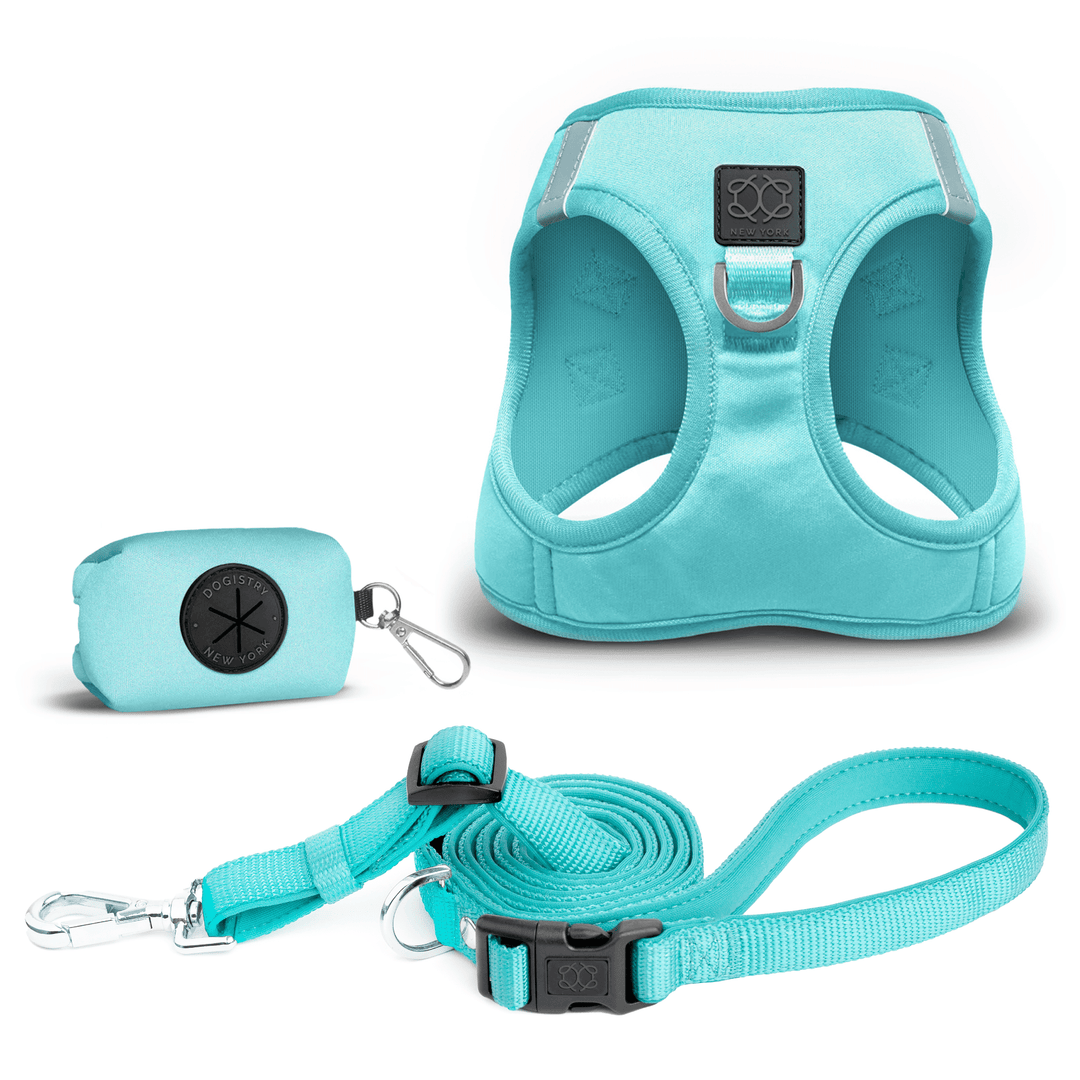
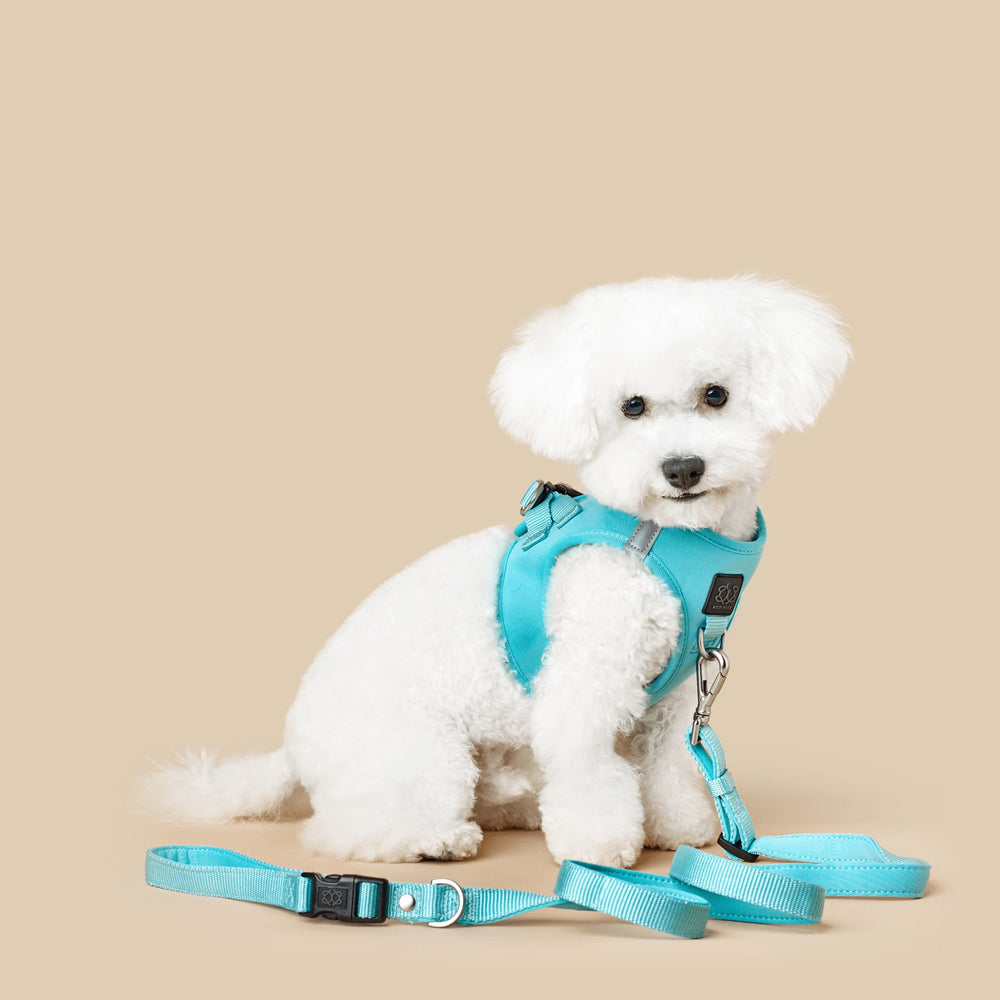
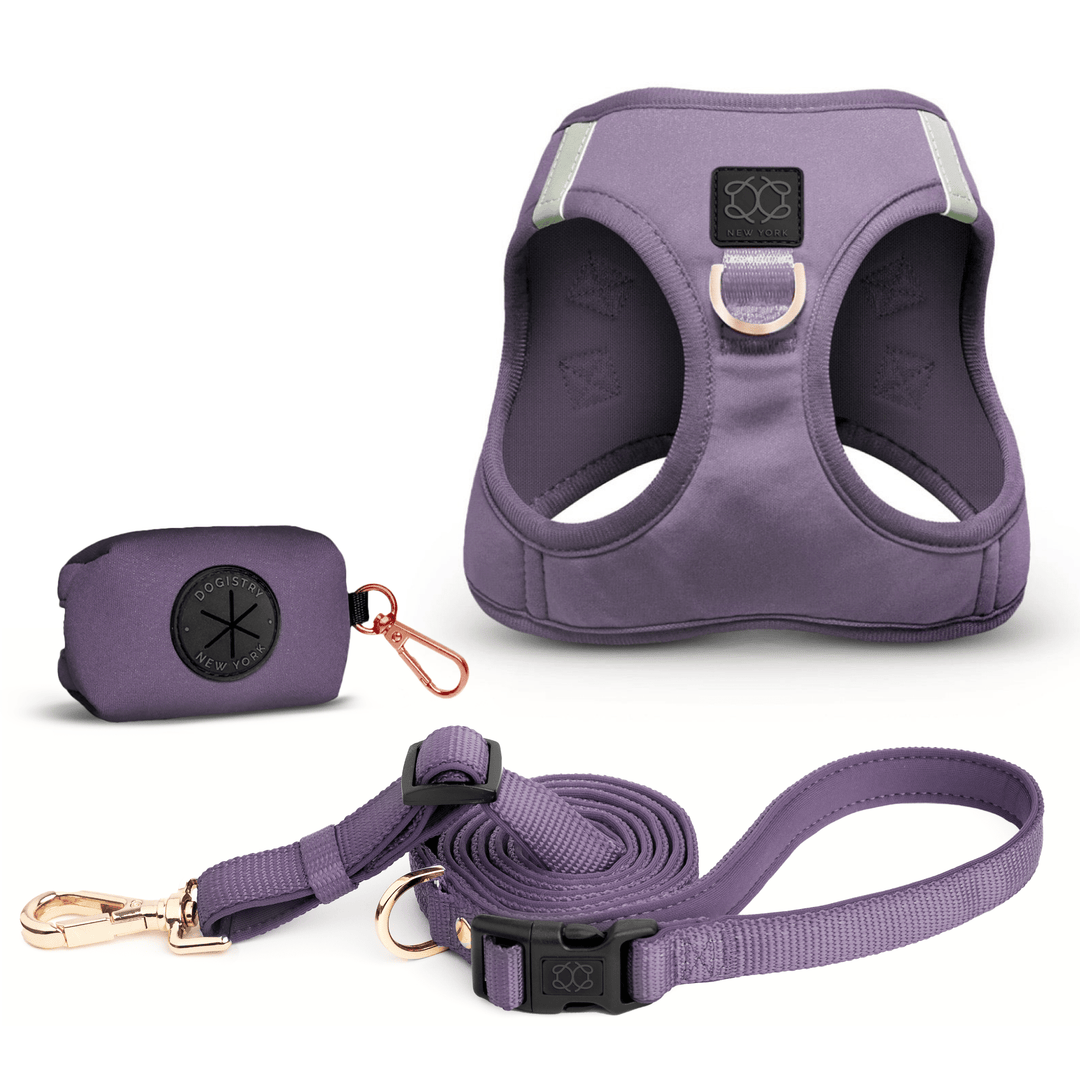
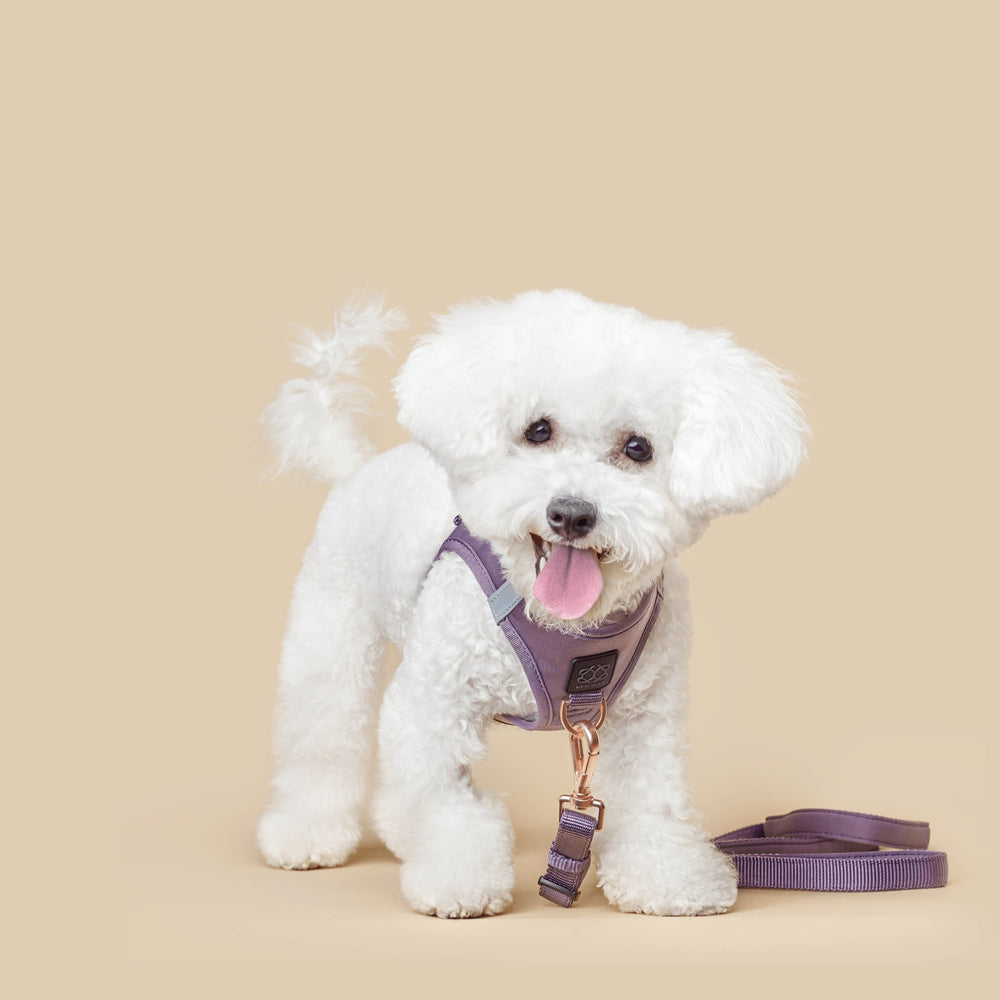
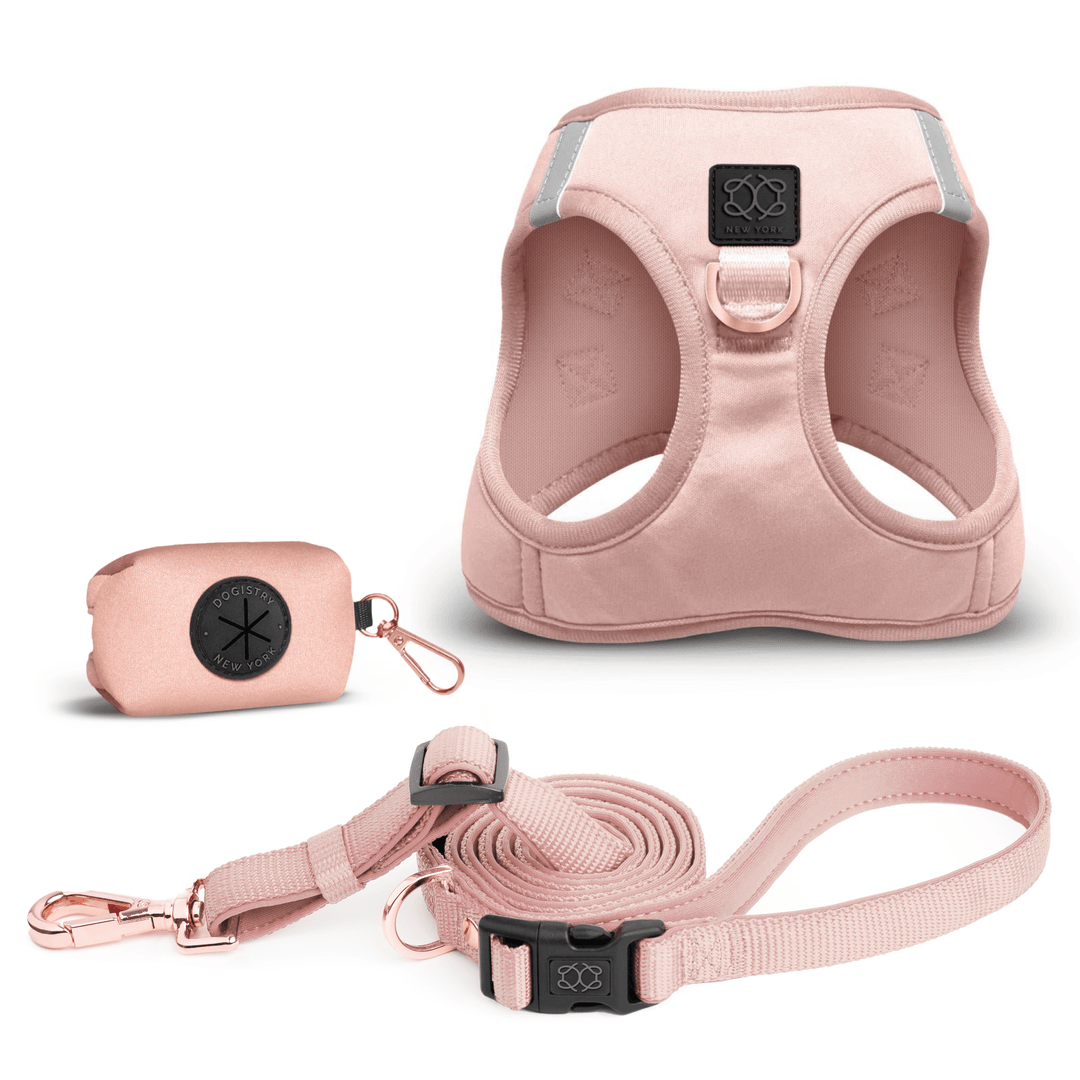
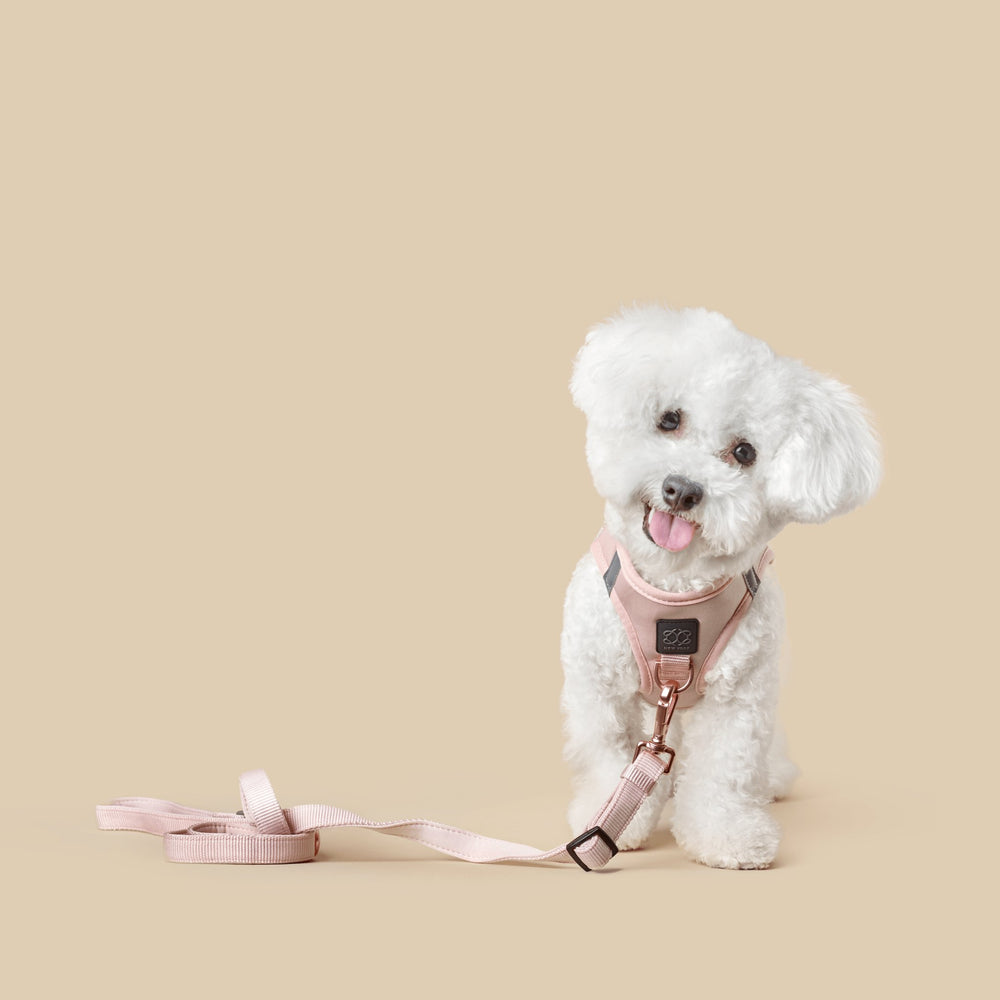


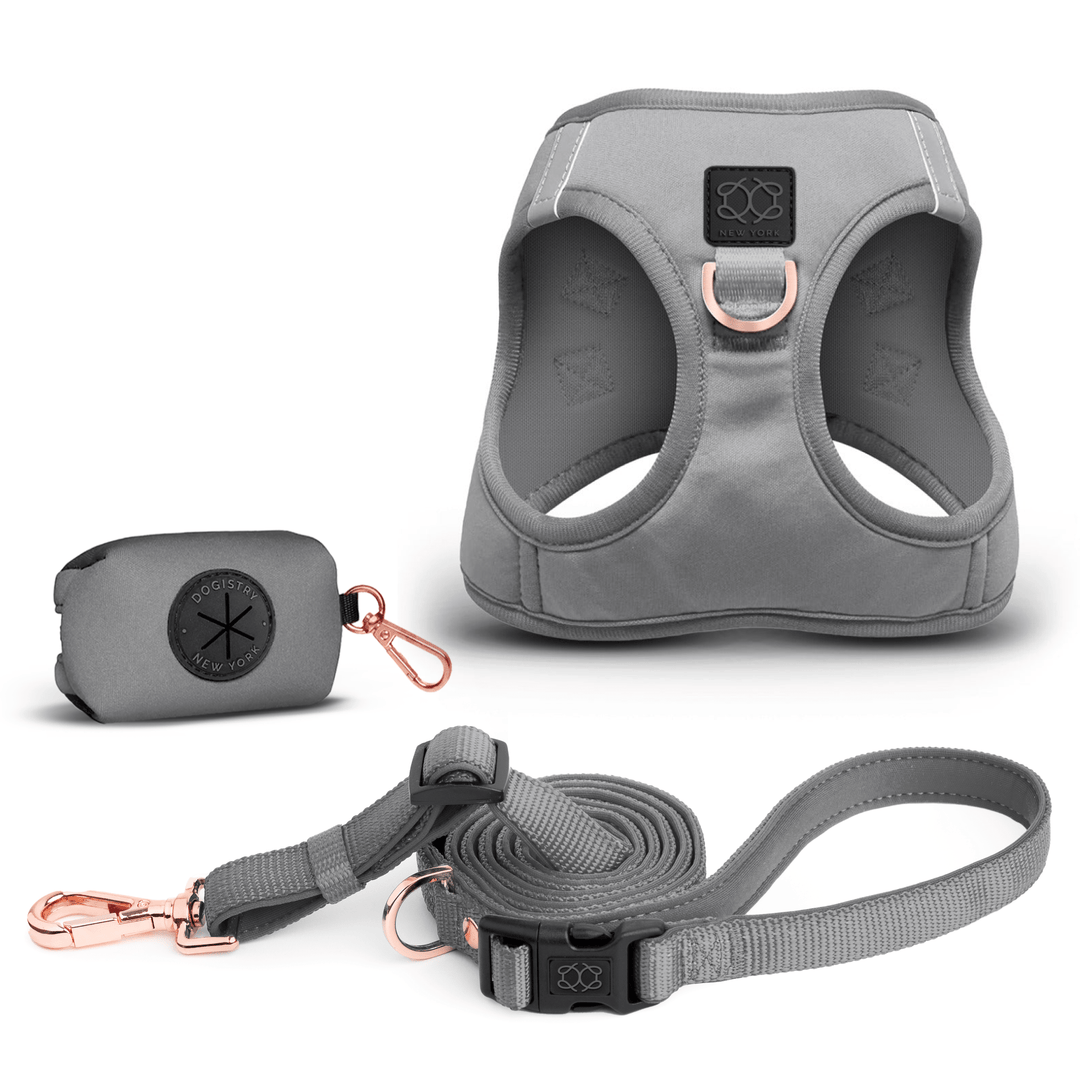
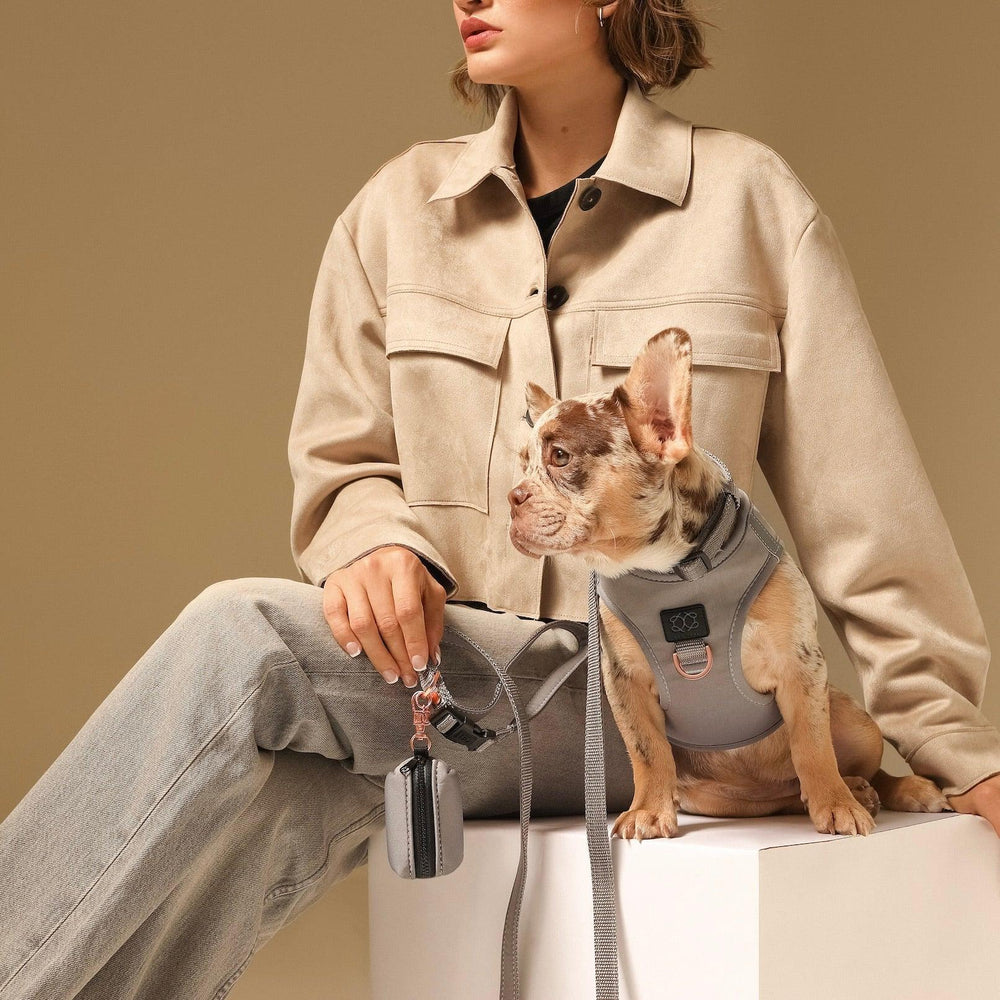
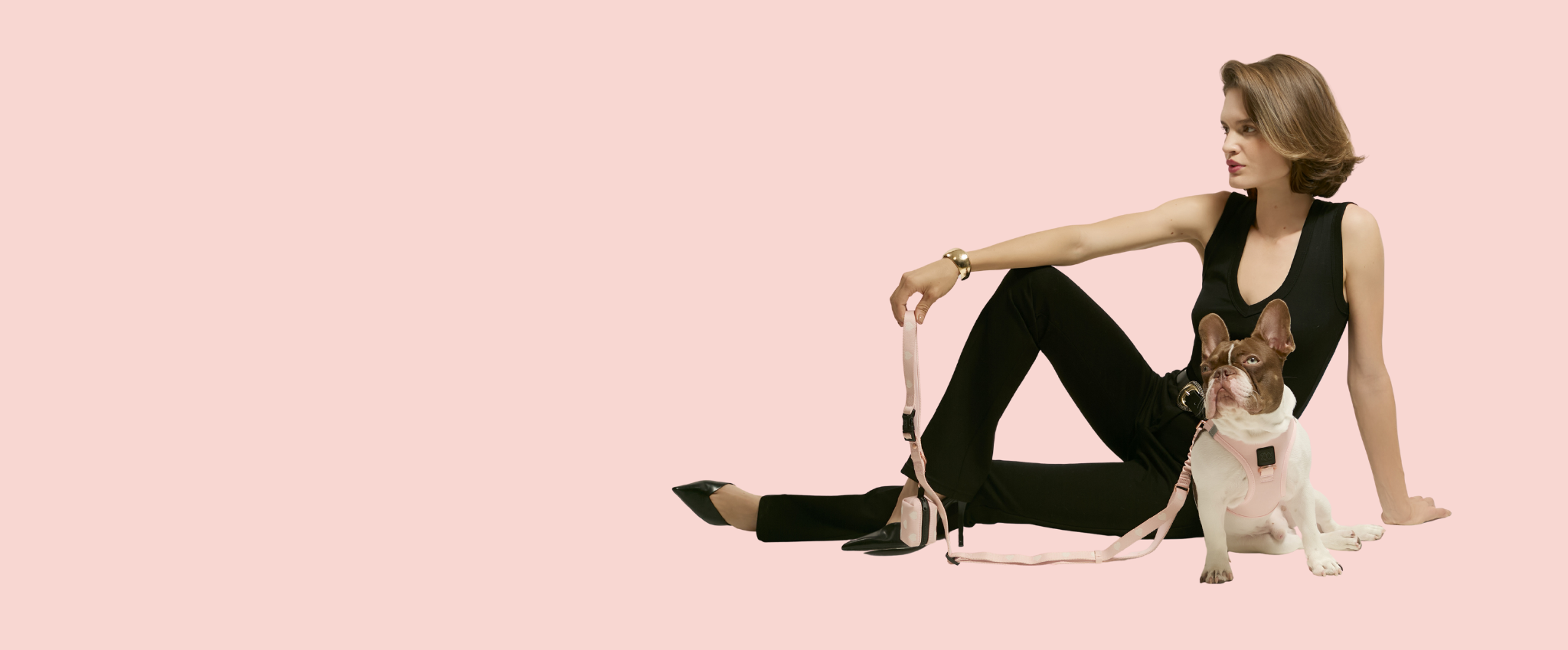
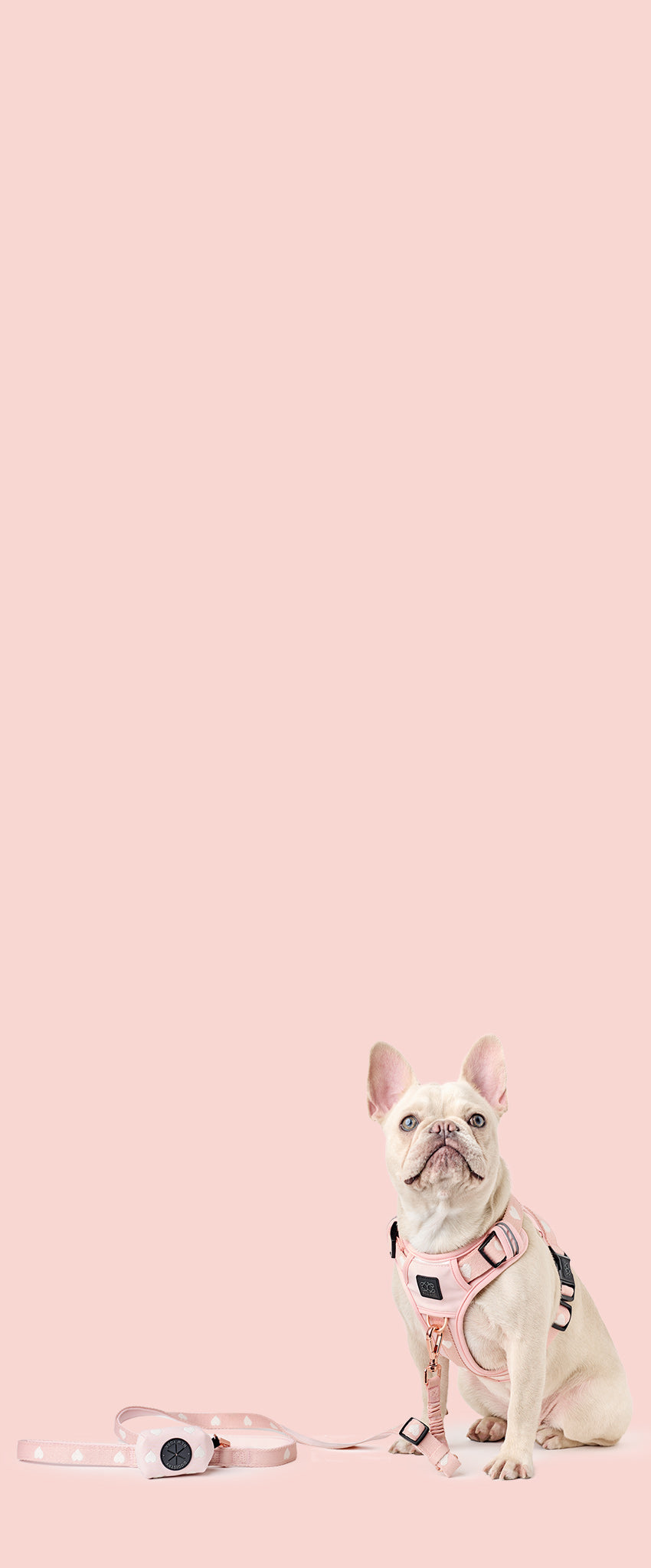
Leave a comment